Precautions for Engineering Grade Reflective Sheeting construction in high-temperature weather
 Nov 15, 2022|
Nov 15, 2022| View:550
View:550As the world starts warming slowly, especially in summer, we can feel the hot weather. So in this article, let's talk about how to protect our Engineering Grade Reflective Sheeting in hot weather and the precautions of Engineering Grade Reflective Sheeting construction.
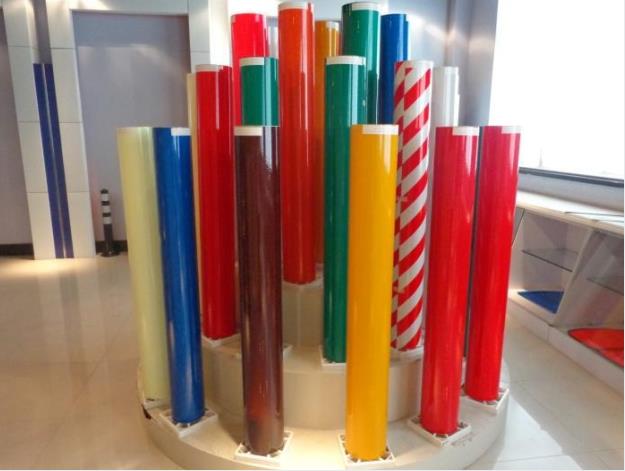
1. Storage of Engineering Grade Reflective Sheeting.
(1) In high-temperature weather Engineering Grade Reflective Sheeting should be stored in a ventilated, dry and cool environment, free from direct sunlight, avoiding cloudy and wet, and paying attention to clean ventilation. Otherwise, it may reduce the performance of Engineering Grade Reflective Sheeting.
(2) Cartons with Engineering Grade Reflective Sheeting should be stacked in layers in the same direction, cross stacking is strictly prohibited, and cartons of different sizes should not be stacked together, heavy pressure is strictly prohibited, and space should be left between goods and cargo as much as possible when stacking Engineering Grade Reflective Sheeting in hot weather to keep ventilation.
(3) After unpacking each roll of Engineering Grade Reflective Sheeting in high-temperature weather, use it as much as possible because its role and life may be affected in high-temperature weather.
(4) The softness of Engineering Grade Reflective Sheeting differs in summer and winter. The high temperature in summer is softer, so the newly purchased products need to be opened and used in time. The unused Engineering Grade Reflective Sheeting must be glued firmly to the joints to prevent the film from falling apart due to its winding tension. You can put a bag on the outside of the Engineering Grade Reflective Sheeting, tighten the bag, put the plug in both ends, and put it into the carton horizontally overhead.
2. Cutting of Engineering Grade Reflective Sheeting.
In summer, the temperature is high, and the environment is dry. It is recommended to work at a temperature of 10~36℃ and relative humidity of 30~60% and to ensure the cleanliness of the workplace and tools. After cutting, place the film face up on a platform with a flat and larger size than the cut Engineering Grade Reflective Sheeting. It is unsuitable when there is a tunnel phenomenon (part of Engineering Grade Reflective Sheeting arching). If it is not used in time, it must be covered with plastic bags and tied tightly to prevent drying or moisture.
3. Printing and processing of Engineering Grade Reflective Sheeting.
It is recommended to use Seiko oil-based ink. The ink is easy to dry and crack in high temperatures so that appropriate adjustments can be made according to the specific situation. At the same time, due to the weather environment and the specific process variability, the batch use must also try to confirm its applicability before batch processing.
4. Engineering Grade Reflective Sheeting lamination.
The larger-size film needs to be laminated by laminating machine, and attention should be paid to strict lamination and sealing to prevent water vapor infiltration. If you use a rubber roller, polyurethane squeegee, and other tools to apply character and smaller size Engineering Grade Reflective Sheeting, please wrap the squeegee with a slightly wet flannel to avoid scratching the film surface. If air bubbles appear, use a needle to pierce it and then use a clean rag to squeeze out the gas, do not tear up the Engineering Grade Reflective Sheeting and paste it twice. Engineering Grade Reflective Sheeting has a certain degree of extensibility and is soft in high temperatures, so it should be prevented from over-stretching and tearing when applying the film. If the surface is dirty during construction, please use alcohol solvent or neutral detergent to scrub lightly and carefully.
5. Maintenance of Engineering Grade Reflective Sheeting.
Before handling Engineering Grade Reflective Sheeting, check carefully whether the packaging of Engineering Grade Reflective Sheeting products is damaged. If there is, it should be sealed first in handling. In handling, do not be exposed to the sun as much as possible, and be sure to pay attention to lightly hold and lightly put to avoid a collision. Engineering Grade Reflective Sheeting backing is mostly room temperature cross-linked. It is recommended to maintain the film indoors for 2~4 days after application and avoid exposure to the sun at high temperatures as much as possible. When transporting signage or Engineering Grade Reflective Sheeting, it should be protected by foam and tied tightly to prevent damage to the film surface due to shaking and mutual friction.
The above is the cautions about Engineering Grade Reflective Sheeting in hot weather, and I hope it can be useful for you.



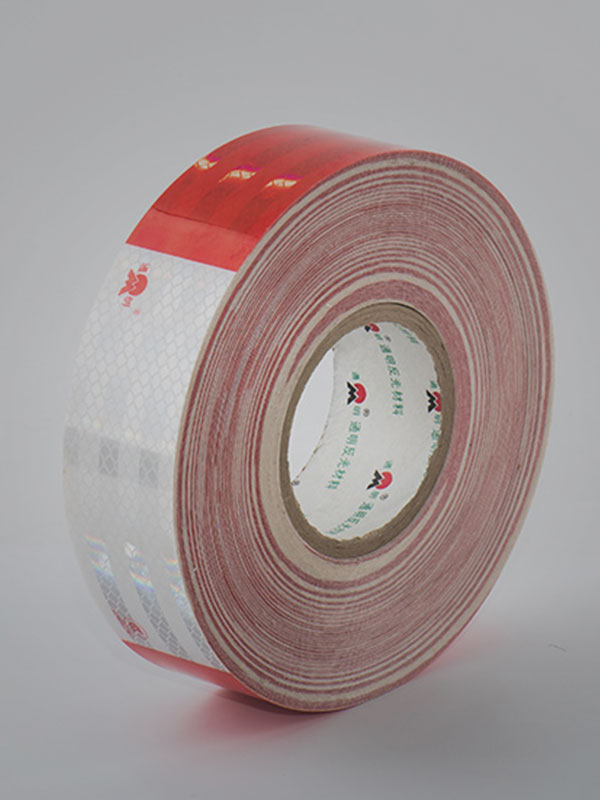
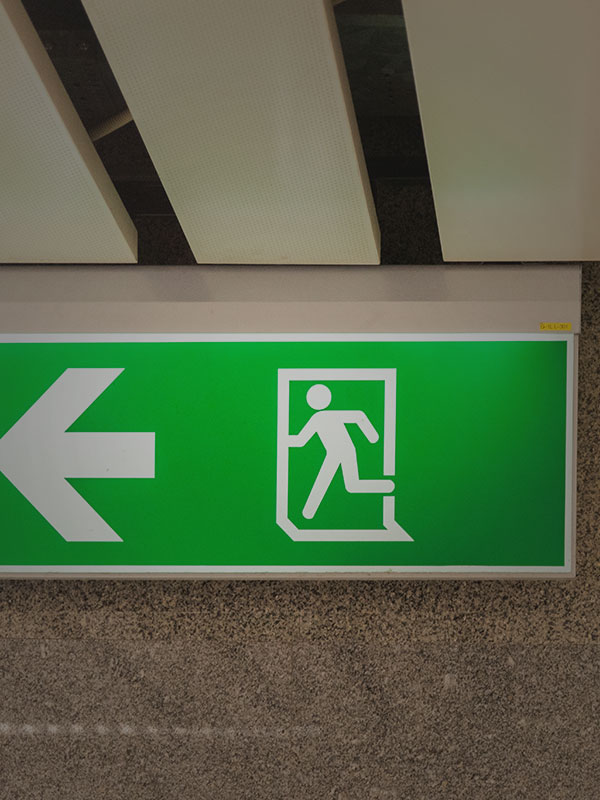
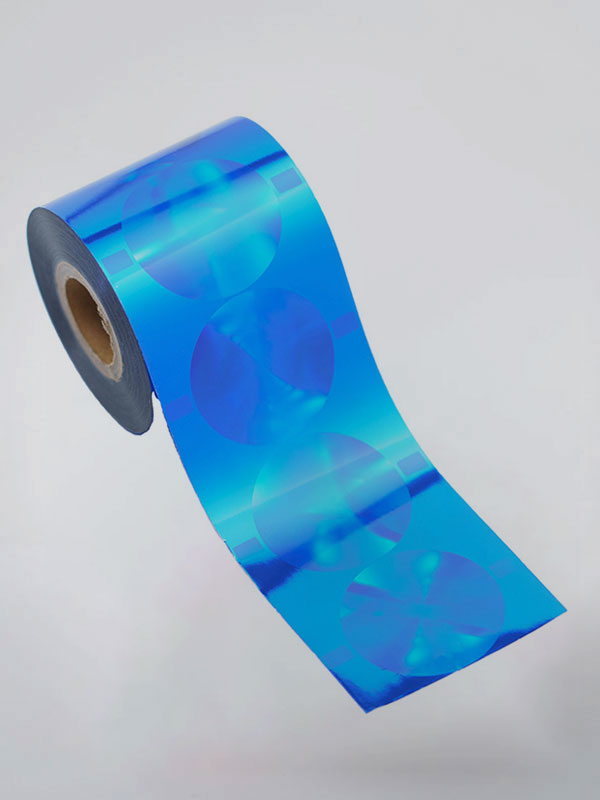
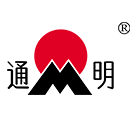




View More(Total0)Comment lists